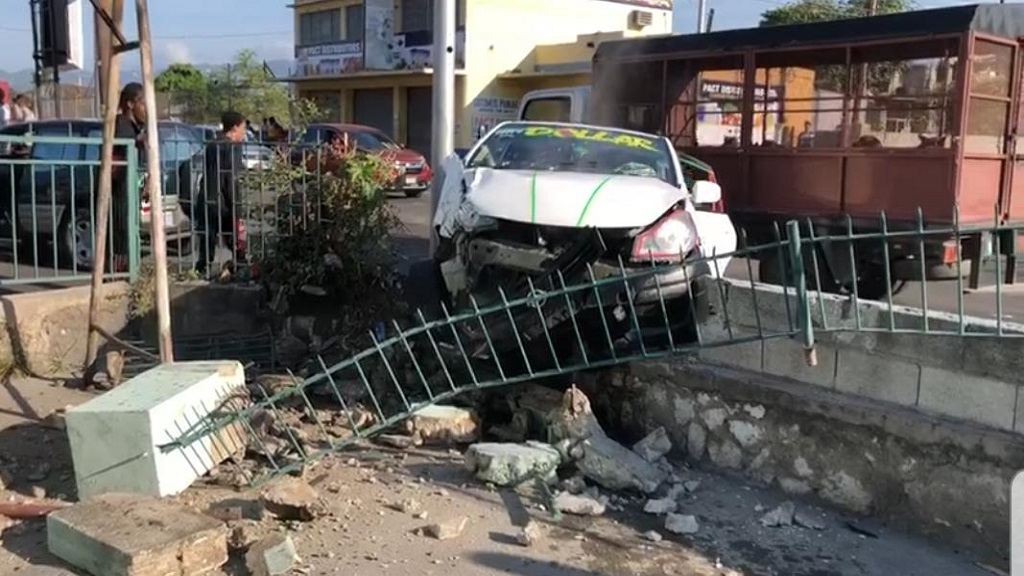

A large amount of blood may collect in the pelvis without much haemoperitoneum seen in the upper abdomen. The ‘sentinel clot’ sign indicates adjacent, focal higher attenuation clotted blood as a marker for the organ that is the cause of haemorrhage ( 16) ( Figure 1b). Although peritoneal lavage is a sensitive indicator of intraperitoneal haemorrhage, it is unable to detect the source or origin of the bleeding ( 17). Blood from a splenic injury also goes to the right upper quadrant ( 16). From the spleen, blood passes via the phrenocolic ligament to the left paracolic gutter and the pelvis ( Figure 1a). When the patient is in a supine position, blood from the liver collects in Morison’s pouch and passes down the right paracolic gutter to the pelvis. Haemoperitoneum starts near the site of injury and spreads along the expected anatomic pathways ( 16). Haemoperitoneum and the detection of active haemorrhageĬT has high sensitivity and specificity for the detection of blood in the peritoneal cavity ( 15). The various injuries seen on the CT images were grouped and examined based on the injury site and the organs involved.
PICKTORIAL CRASH LOOP FULL
Full thoracic CT scans were not routinely performed when lower thoracic injuries were observed on the abdominal CT. When necessary, sagittal and coronal images were acquired using the maximum intensity projection (MIP) and MPR techniques. The CT scans were acquired during the portal venous phase approximately 80 seconds after the contrast injection. Pre- and post-contrast scans were routinely performed and patients received 2 mL/kg of intravenous contrast medium (Iohexol, 300 mg/mL). Of these 92 scans, CT images showed injuries involving various organs in 72% of cases the remaining images did not show any injuries.Īll of the scans were performed using a fourrow multislice CT scanner (Somatom Siemens Volume Zoom, Siemens Medical Systems, Erlangen, Germany) with a slice width of 10 mm, a 2.5 mm collimation, a 0.75 s rotation time, a table feed of 15 mm and a 3 mm reconstruction interval. CT films and each patient’s case notes were followed and retrospectively reviewed. In all of these cases, CT scans were performed based on the clinical suspicion of intra-abdominal injury. In 2008, 92 abdominal CT scans were performed to assess blunt abdominal trauma in a tertiary referral centre (Hospital Tengku Ampuan Afzan (HTAA) in Kuantan, Pahang). Although the decision to surgically intervene is usually based on clinical criteria rather than findings from images ( 13), CT information often increases diagnostic confidence and decreases rates of unnecessary exploratory laparotomy ( 14). The use of CT to evaluate blunt trauma has influenced current trends in the management of solid organ injuries, prompting a greater focus on non-surgical management ( 12). The accurate detection of bowel and mesenteric injuries has also improved with the development of thin-section multidetector CT (MDCT) ( 7).


CT has been reported to be valuable for the diagnosis of solid organ injuries and for the detection of active bleeding. The ability of CT to perform and produce fast-processing images, such as multiplanar reconstruction (MPR), is important for the accurate interpretation of abnormalities.Ī variety of comments, reports and studies on the accuracy and efficacy of CT in the evaluation of blunt abdominal trauma are available in the medical literature this topic is highly debated and has generated much discussion ( 4– 11). In addition, an abdominal CT scan can assist in the evaluation of coexisting abdominal injuries such as thoracic injuries ( 3) and unsuspected pelvic and spinal fractures. CT scans can provide a rapid and accurate appraisal of the abdominal viscera, retroperitoneum and abdominal wall ( 2). CT imaging is the diagnostic tool of choice for the evaluation of abdominal injury due to blunt trauma in haemodynamically-stable patients ( 1). However, it is often difficult to accurately clinically evaluate blunt abdominal injuries, which may be masked by other more obvious external injuries. The rapid identification of life-threatening injuries and prompt initiation of appropriate care may increase the chance of survival for patients with trauma.


 0 kommentar(er)
0 kommentar(er)
